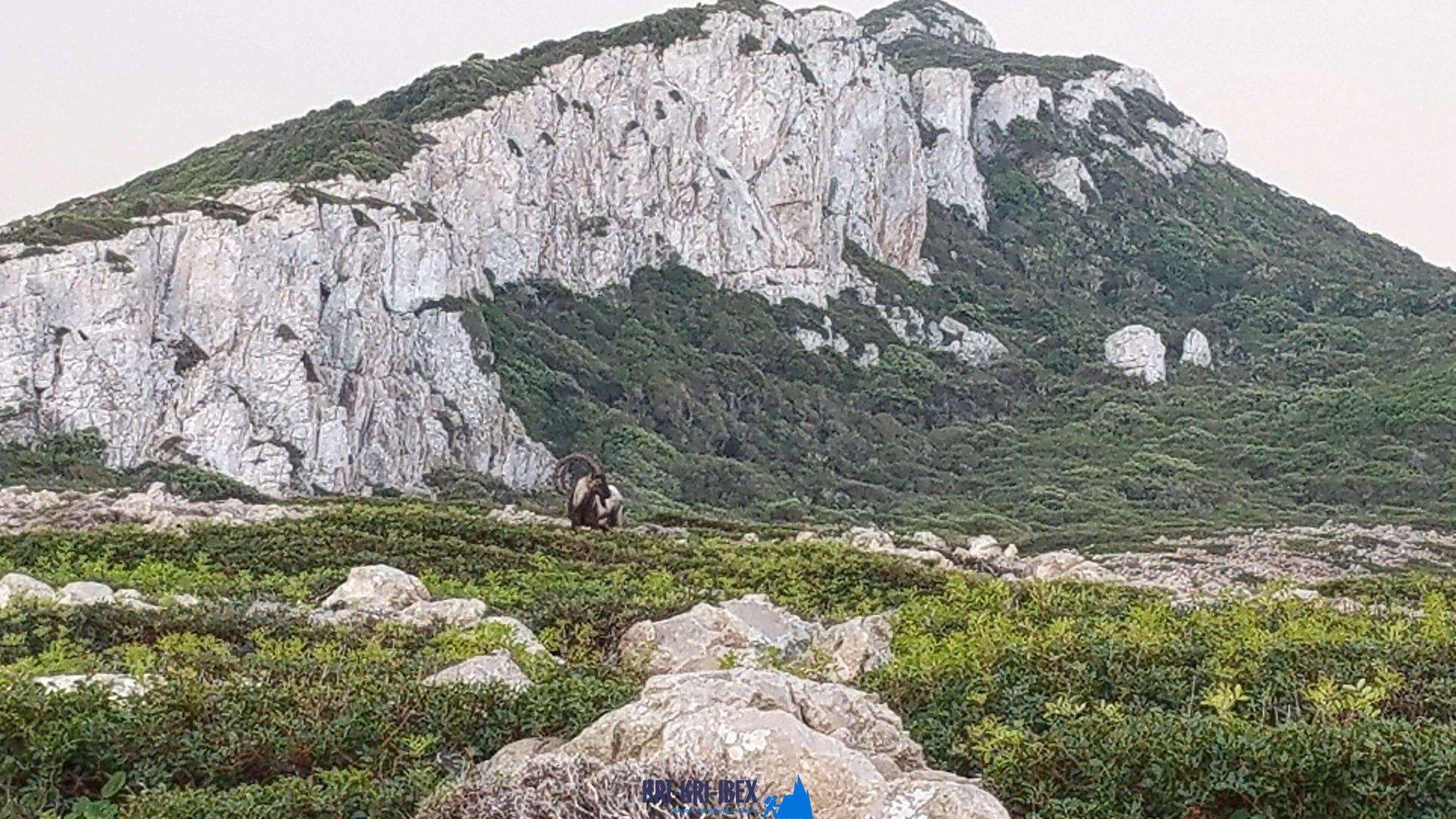Ibex Hunting as well as Free Diving on a Beautiful Greek Island. Come for the Hunt, Stay for the Experience!
Ibex Hunting as well as Free Diving on a Beautiful Greek Island. Come for the Hunt, Stay for the Experience!
Blog Article

This ibex hunt is different from those experienced by the majority of seekers! It's a superb getaway and searching journey at one time when hunting for Kri Kri ibex in Greece. A five-day expedition diving for shipwrecks and spearfishing includes searching for Kri Kri ibex on an exotic island. What else would you such as?

This Ibex is not a petite form of the Bezoar Ibex, which has actually moved to the western side of its range. The kri-kri (Capra aegagrus cretica), additionally referred to as the Cretan goat, Agrimi, or Cretan Ibex, is a wild goat native to the Eastern Mediterranean. The kri-kri (Capra aegagrus cretica), a feral goat living in the East Mediterranean, was once believed to be a subspecies of wild goat. The kri-kri has a light brown layer with a darker neck band. Their 2 sweeping horns rise from their head. The kri-kri is a cautious as well as reluctant animal in the wild, resting during the day. They can jump cross countries or climb up seemingly sheer cliffs.
On our Peloponnese trips, you'll reach experience all that this impressive region needs to offer. We'll take you on a trip of some of one of the most historical and gorgeous websites in all of Greece, including old ruins, castles, and extra. You'll likewise get to experience several of the traditional Greek culture firsthand by taking pleasure in some of the tasty food and a glass of wine that the area is recognized for. And also of course, no trip to Peloponnese would be full without a dip in the shimmering Mediterranean Sea! Whether you're a seasoned seeker searching for a new journey or a new vacationer just aiming to check out Greece's stunning landscape, our Peloponnese trips are ideal for you. What are you waiting for? Book your trip today!
If you're seeking a genuine Greek experience, then look no further than our outside hunting in Greece with angling, and also cost-free diving trips of Peloponnese. This is a remarkable means to see everything that this fantastic area needs to offer. Reserve your tour today!
What is the diference between Kri Kri ibex, Bezoar ibex and hybrid ibex
The kri-kri is not thought to be indigenous to Crete, most likely having been imported to the island during the time of the Minoan civilization. Nevertheless, it is found nowhere else and is therefore endemic to Crete. It was common throughout the Aegean but the peaks of the 8,000 ft (2,400 m) White Mountains of Western Crete are their last strongholds–particularly a series of almost vertical 3,000 ft (900 m) cliffs called ‘the Untrodden’—at the head of the Samaria Gorge. This mountain range, which hosts another 14 endemic animal species, is protected as a UNESCO Biosphere Reserve. In total, their range extends to the White Mountains, the Samaria National Forest and the islets of Dia, Thodorou, and Agii Pandes.
This Ibex is NOT a diminutive form of the Bezoar Ibex, which has migrated into the western-most reach of the range of this species. The kri – kri (Capra aegagrus cretica), sometimes called the Cretan goat, Agrimi, or Cretan Ibex, is a feral goat inhabiting the Eastern Mediterranean, previously considered a subspecies of wild goat. The kri-kri has a light brownish coat with a darker band around its neck. It has two horns that sweep back from the head. In the wild they are shy and avoid tourists, resting during the day. The animal can leap some distance or climb seemingly sheer cliffs.
“The agrimi goat Capra aegagrus cretica is unique to Crete and its offshore islands. It has been identi®ed as a sub-species of the wild bezoar goat Capra aegagrus aegagrus Erxleben, 1777, which it closely resembles in horn shape, body form and coloration. This classi®cation has been disputed by some researchers who claim that the agrimi are feral goats, derived from early domestic stock brought to the island by the ®rst Neolithic settlers. In order to clarify this issue, DNA analyses (cytochrome b and D loop sequences) were carried out on tissue of live and skeletonized agrimi and compared to sequences of wild and domestic caprines. Results conclusively show the agrimi to be a feral animal, that clades with domestic goats (Capra hircus) rather than with wild Asiatic bezoar. This study demonstrates that morphometric criteria do not necessarily re¯ect genetic af®nities, and that the taxonomic classi®cation of agrimi should be revised.”
Report this page